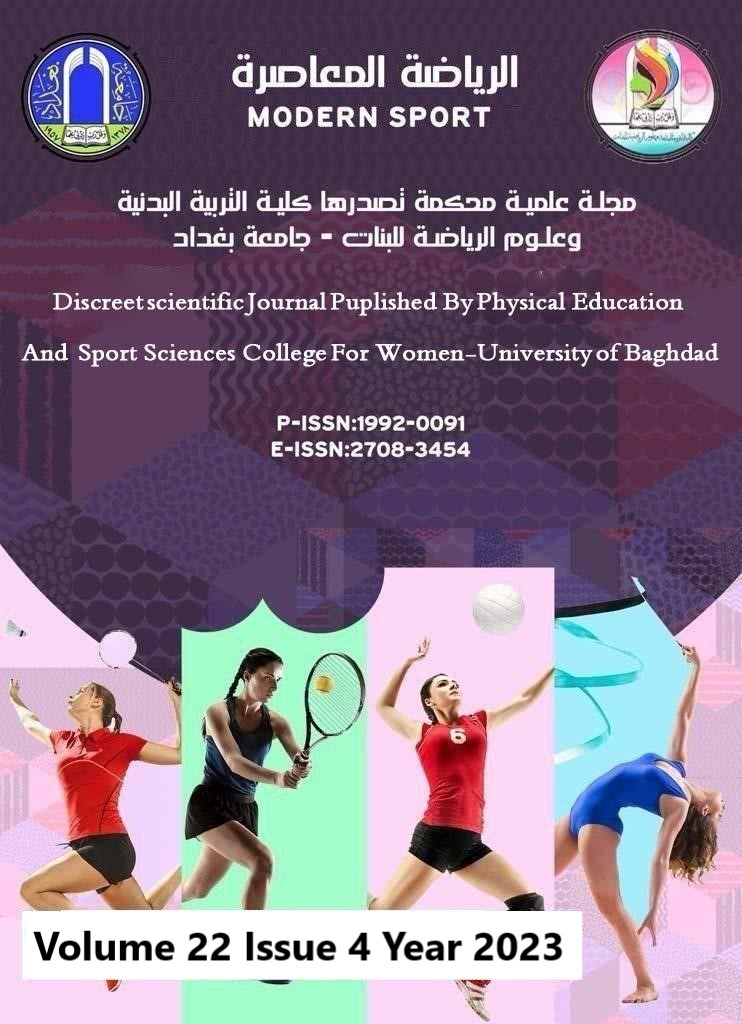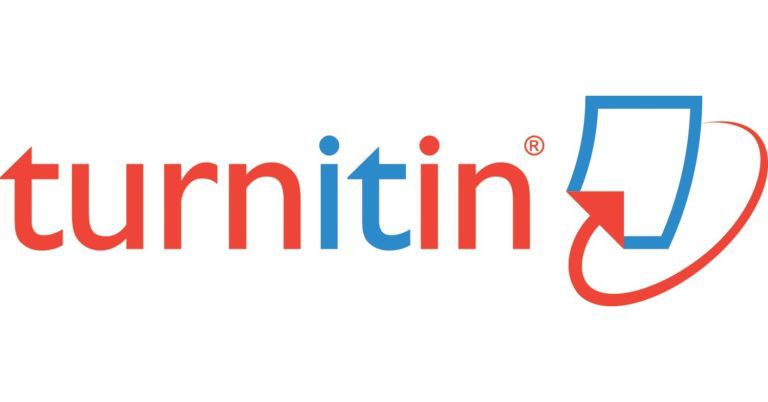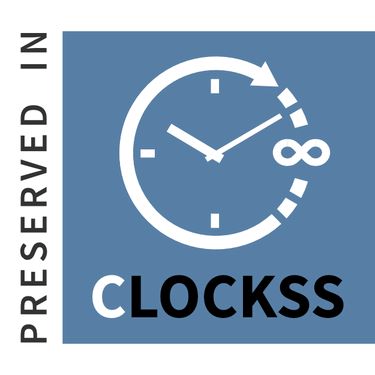Assessment of Lipid Profiles among Athletes and Non-Athletes in Kalar City
DOI:
https://doi.org/10.54702/ms.v22i4.1214Keywords:
Athletes, BMI, Cholesterol, Lipid Profile, TriglycerideAbstract
Regular and professional physical activity has a significant impact on general health, lipid status, and body composition., Lipid profiles and anthropometric measures are considered the main indicators for understanding body composition and cardiovascular risk factors among both athletes and non-athletes. The aim of this study was to assess the body composition and lipid profile of athletes and non-athlete college students at the University of Garmian. This study used a cross-sectional design and was conducted on 45 endurance athletes and 30 sedentary male and female individuals. It took venous blood samples from the antecubital vein. Total blood cholesterol (TC), triglycerides (TG), high-dense lipoprotein cholesterol (HDL), Low-dense lipoprotein cholesterol (LDL), and very low lipoprotein cholesterol (VLDL) were determined by standard methods. It was found a significant difference in lipid profile and body mass index (BMI) between athletic and non-athletic individuals at different ages. A significant reduction in TC, TG, LDL, and VLDL concentrations was observed in athletes as compared to the control group. However, the HDL cholesterol and BMI of athletes were not significantly different when compared to the control group. Among athletes, BMI had a significant correlation with age, TC, and VLDL, but the same correlation was not significant in non-athletes. TG had a significant correlation with VLDL in athletes but not in non-athletes. According to this study, athletes had a better lipid profile than non-athletes, despite the slight difference in BMI, and this achieves one of the sustainable development goals of the United Nations in Iraq which is (Good Health). The significant correlations of body composition (BMI) and age with body lipid profiles in athletes may be useful for assessing body health.
References
- Mann S, Beedie C, Jimenez A. (2014). Differential effects of aerobic exercise, resistance training and combined exercise modalities on cholesterol and the lipid profile: review, synthesis and recommendations. Sport Med.;44(2):211–21.
- Das P, Chatterjee P. (2015). Assessment of lipid profiles of adult male athletes from two different air pollutant zones of West Bengal, India. Curr Sci.;108(8):1512–6.
- Pedersen LR, Olsen RH, Anholm C, Astrup A, Eugen-Olsen J, Fenger M, et al. (2019). Effects of 1 year of exercise training versus combined exercise training and weight loss on body composition, low-grade inflammation and lipids in overweight patients with coronary artery disease. A randomized trial. Cardiovasc Diabetol [Internet];18(1):1–13. Available from: https://doi.org/10.1186/s12933-019-0934-x
- Sung YC, Liao YH, Chen CY, Chen YL, Chou CC. (2017). Acute changes in blood lipid profiles and metabolic risk factors in collegiate elite taekwondo athletes after short-term de-training. A prospective insight for athletic health management. Lipids Health Dis;16(1):1–10.
- Singhal V, Maffazioli GD, Ackerman KE, Lee H, Elia EF, Woolley R, et al. (2016). Effect of chronic athletic activity on brown fat in young women. PLOS ONE;11(5):1–12.
- Tavares AS, A B-F, A V, C S, M C. (2019). Lipid profile and associated factors among an academic community of higher education.pdf. p. Suppl, S1356-8.
- Txomin P, Garc D, Martos-berm Á, Nieto S, Campo T, Margarita P, et al. (2021). Effects of an Eight-Week Concurrent Training Program with Different Effort Character over Physical Fitness, Health-Related Quality of Life, and Lipid Profile among Hospital Workers, Preliminary Results;1–13.
- Lynch H, Lynch H. (2022). Lipid Profiles of College Female Student-Athletes Participating at Different Competition Levels of Organized Sport. 4(March):1–7.
- Abdullah TH, Baqi HR, Karim SH, Ghafor DA. (2020). Association of Lipid Profile with Body Mass Index in Public Employees in Halabja City, Kurdistan. 10(2):71–80.
- Ofori EK, Angmorterh SK. (2019). Relationship between physical activity, body mass index (BMI) and lipid profile of students in Ghana. Pan Afr Med J. 33:1–8.
- Hertelyova Z, Salaj R, Chmelarova A, Dombrovsky P, Dvorakova MC, Kruzliak P. (2016). The association between lipid parameters and obesity in university students. J Endocrinol Invest. 39(7):769–78.
- Petridou A, Lazaridou D, Mougios V. (2005). Lipid emic profile of athletes and non-athletes with similar body fat. Int J Sport Nutr Exerc Metab. 15(4):425–32.
- Consultation WHOE. (2008). Waist Circumference and Waist-Hip Ratio Report of a WHO Expert Consultation. (December) P:8–11.
- Friedewald WT, Levy RI, Fredrickson DS. (1972). Estimation of the Concentration of Low-Density Lipoprotein Cholesterol in Plasma, Without Use of the Preparative Ultracentrifuge. 18(6):499–502.
- Durandt J, Green M, Masimla H, Lambert M. (2018). Changes in body mass, stature and BMI in South African elite U18 Rugby players from different racial groups from 2002–2012. J Sports Sci [Internet]. 36(5):477–84. Available from: http://dx.doi.org/10.1080/02640414.2017.1317103
- Lippi G, Schena F, Salvagno GL, Montagnana M, Ballestrieri F, Guidi GC. (2006). Comparison of the lipid profile and lipoprotein(a) between sedentary and highly trained subjects. Clin Chem Lab Med. 44(3):322–6.
- Enje PMIU. (2012). medicinska revija medical review Original articles PRENATAL MEMORY AND LEARNING. 4(3):259–66.
- Grzebisz-Zatońska N, Grzywacz T, Waśkiewicz Z. (2021). The influence of endurance training on the lipid profile, body mass composition and cardiovascular efficiency in middle-aged cross-country skiers. Int J Environ Res Public Health. 18(20).
- Cichy I, Dudkowski A, Kociuba M, Ignasiak Z, Sebastjan A, Kochan K, et al. (2020). Sex differences in body composition changes after preseason training in elite handball players. Int J Environ Res Public Health. 17(11):1–8.
- Yildirim I, Aydin Altinbas M, Demirezen NB, Dener S, Sezgin V. (2020). The effect of different exercise types on sedentary young women’s lipid profile. J Back Musculoskeletal Rehabilitation. 33(3). P:469
- Ei U, Nc O, An N, Ia O. (2020). Overweight and Obesity, Lipid Profile and Atherogenic Indices among Civil Servants in. 3(1). P:1–6.
- Garry JP, Mcshane JJ. (2001). Analysis of Lipoproteins and Body Mass Index in Professional Football Players. P:8
- Hebib A, Molayemat M, Habib A. Association of lipid profile and BMI Z-score in southern Iranian children and adolescents. J Pediatr Endocrinol Metab. 2019;32(8):827–35.
Downloads
Published
Issue
Section
License
Copyright (c) 2023 Modern Sport

This work is licensed under a Creative Commons Attribution 4.0 International License.















